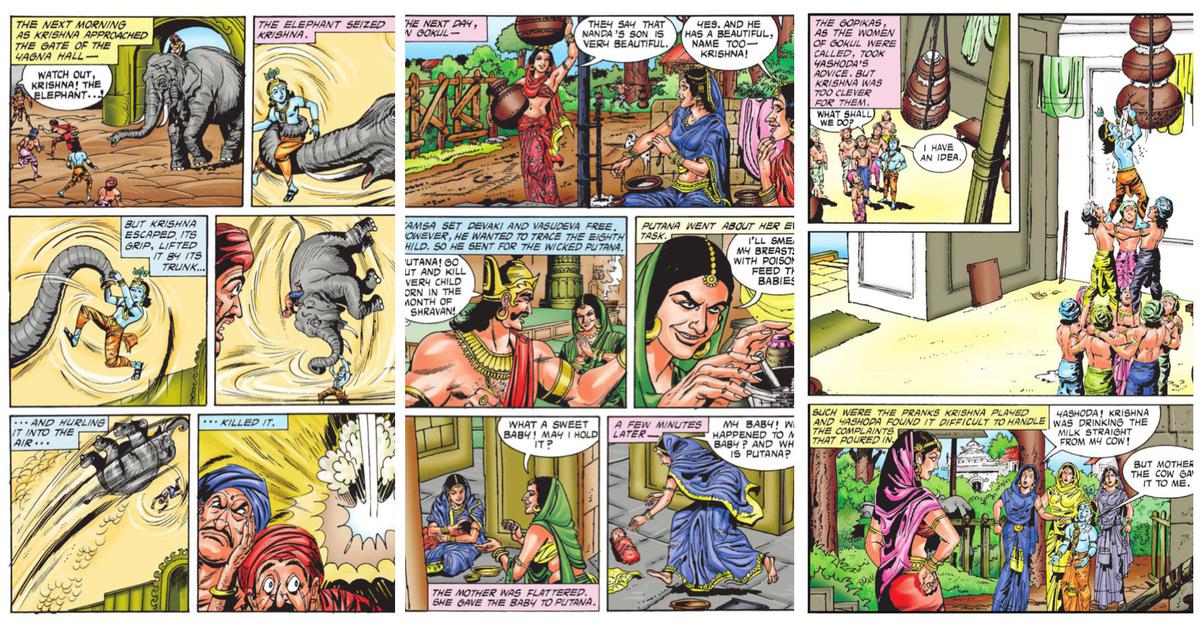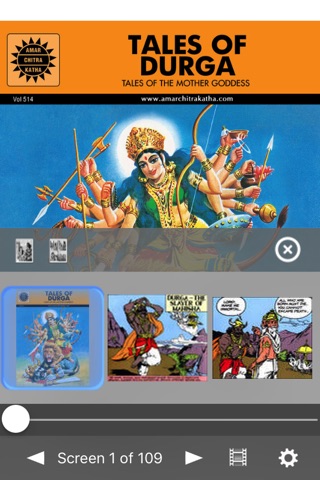

The “hero” is seldom secular and ACK in its long history of producing selective stories simply translates the communal subconscious of the nation which saw Partition, 1984 riots, Babri masjid demolition, Gujarat riots, and so on. Like the hero and heroine represented as the ideal masculine/feminine stereotypes in popular romance novels, ACK found favour with the mass market with their careful scripting of myth as history moulded into dominant stereotypes. Unlike the hyper-individualism portrayed by the comic in the west, the comic in India in an attempt to attract mass readership relies and furthers stereotypes from the popular (read majoritarian) myths. In her exhaustive study of Amar Chitra Katha (ACK) from 1967 to 2007, Chandra penetrates into the cultural production of the popular comic strategically started and marketed by Anant Pai as his ideological project. The Classic Popular: Amar Chitra Katha (19672007) by Nandini Chandra (New Delhi: Yoda Press), 2008 pp xv + 243, Rs 395.Īdults. Nandini Chandra’s book intervenes with the deepest insight into the nostalgic glory of childhood, the heroes and myths that condition the minds of children and book review


The premise of identification between hero and child is then magically affected through a common religious b onding (p 5). Hero worship, an integral part of chil- dren’s literature is then put into the service of the life-narrative designed to foster n ational feeling.

Nandini Chandra in The Classic Popular writes, The contextual meanings of the terms classic and popular point to the way studies of popular culture are necessary to dig deeper into the so-called acceptable truths in popular imagination. Housed in images from childhood and stories of a perfect past, nostalgia translates into popular cultural symbols remodelling itself as the classic. However, the dark side of nostalgia often comes to clearer light only in rare moments of criticality. Stories of heroic battles and stoic suffering brought to the comic book form meant for entertainment as well as pedagogic purposes Amar Chitra Katha has been associated uncritically with the innocence and childhood memory itself. And He gave me you, dear readers.Īles of brave warrior gods, conniving demons, benevolent Hindu kings and clever ministers have gripped the child growing up in postcolonial India. I have a passion for the epic: knights on chargers two armies standing on either side of a dark plain on a misty morning three hundred years ago, preparing for battle luckless men downing raki and exchanging unhappy love stories in meyhanes on a winter’s night lovers disappearing into murky depths of the city in pursuit of a dead secret – these are immortal tales I’ve longed to tell, but all god gave me was this column, which calls for another kind of story altogether. What results is a brilliant and an iconic study of the most popular comic book of post-colonial India and the Hinduising ideology that it forwarded through the careful choice of stories from an ideal “ancient” past. Amar Chitra Katha and Its Cultural IdeologyĬinema and the art form through the last five decades.


 0 kommentar(er)
0 kommentar(er)
